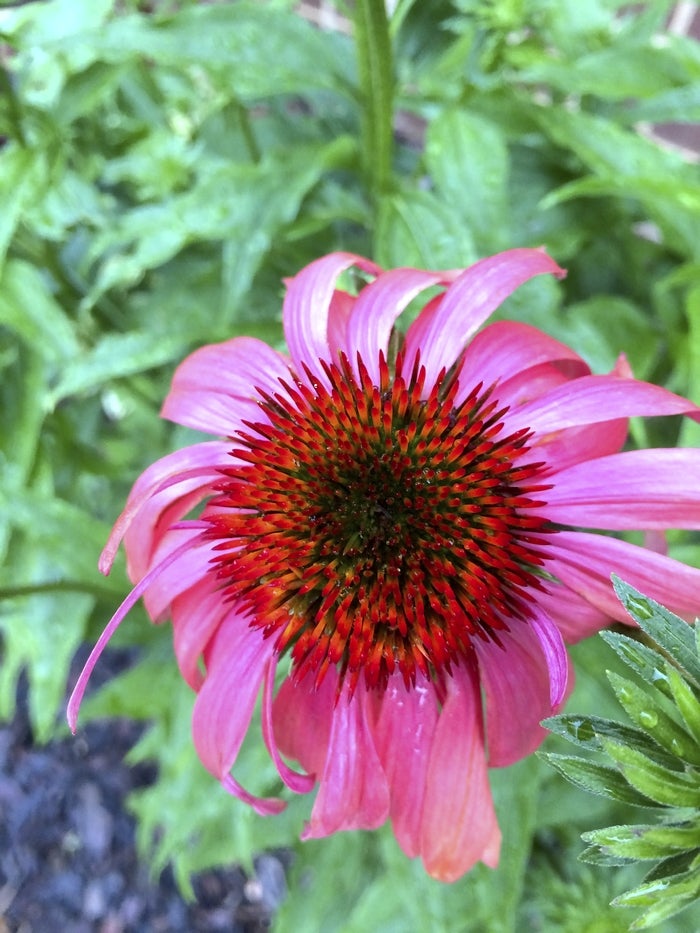Danelle Cutting: Useful herbs for cold season
Published 12:00 am Friday, November 20, 2015

- Cooperative Extension Purple coneflower is often used in cold medicine, where it's better known as echinacea.
If you tried calling me earlier in the week, you probably heard that I was out sick. This week, I have been battling a cold and ear infection. This is probably one of the worst in the books for me. It has really put me out of commission.
Being the horticulture and local food agent, I am always being asked if there are natural remedies for certain things. Sometimes, there are some remedies that work, but there are plenty that do not. In this week’s article, I will mention a few plants that you can find in natural remedies and some store-bought medicines.
A few years ago, my family was selected to grow some medicinal herbs for a research project, and I guess that is one of the reasons I am passionate about horticulture.
The herb we were selected to grow was Echinacea purpurea, also known as the purple coneflower. It is one of my favorite plants to have in the garden because it is such a popular pollinator. I also think that I enjoy it because it can be used for so many things.
The entire plant, from its leaves to the roots, can be used in cold medicines. Many over-the-counter cough and cold medicines will have purple coneflower in the list of ingredients. There was a trial to see if this plant really helped, but the results were inconclusive. This has not stopped the industry from using the plant to help cure the common cold.
Another great way to treat the common cold is through herbal teas. There are many that help, and some throw in a citrus fruit with honey. Of course, honey has great healing powers, being a natural antimicrobial substance.
The herbs that are commonly used in herbal teas help ease the symptoms of the cold. I prefer using a mint or chamomile tea. The mint seems to help clear my sinuses, and adding a little honey eases my sore throat.
You can grow your own mint and chamomile fairly easily. Mint can be the easiest, but you also need to take precautions because mint can take over an area if you plant it in the ground. For all of my mints, I use containers so that they stay in one location.
There are many different mints available, such as spearmint, apple mint, orange mint and chocolate mint. You can dry the leaves to make your own tea. Sometimes, I crush the mint and place it in a container with about a cup of sugar. The natural oils of the mint will blend with the sugar, and I get a mint-flavored sugar.
Another plant that is used quite often in cold mixtures is rosemary. It is fairly easy to grow. It also propagates very well. It has a strong odor and taste, but it is one I find very pleasant and versatile. I have used it in teas, desserts and savory dishes.
All of the plants I have mentioned are perennials and can last for a long time in your garden if taken care of properly. I guess our forefathers were pretty smart with the medicinal plants they used, since many are still used in medicines today.
If you would like more information on growing your own medicinal herbs or just gardening in general, contact your local Cooperative Extension Agent, Danelle Cutting, at 704-216-8970.




